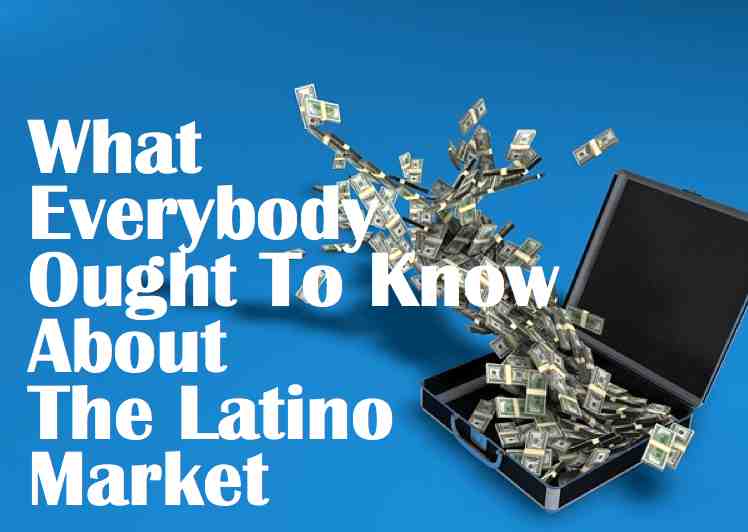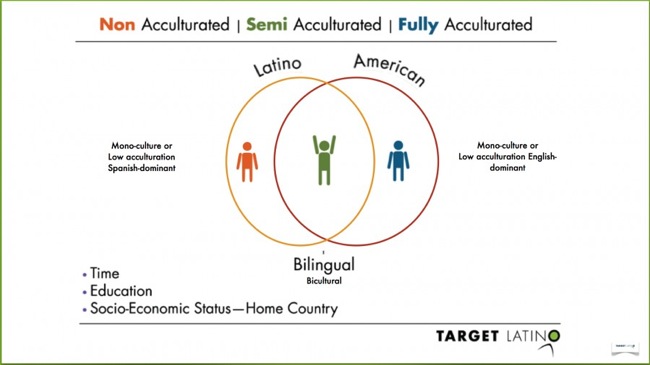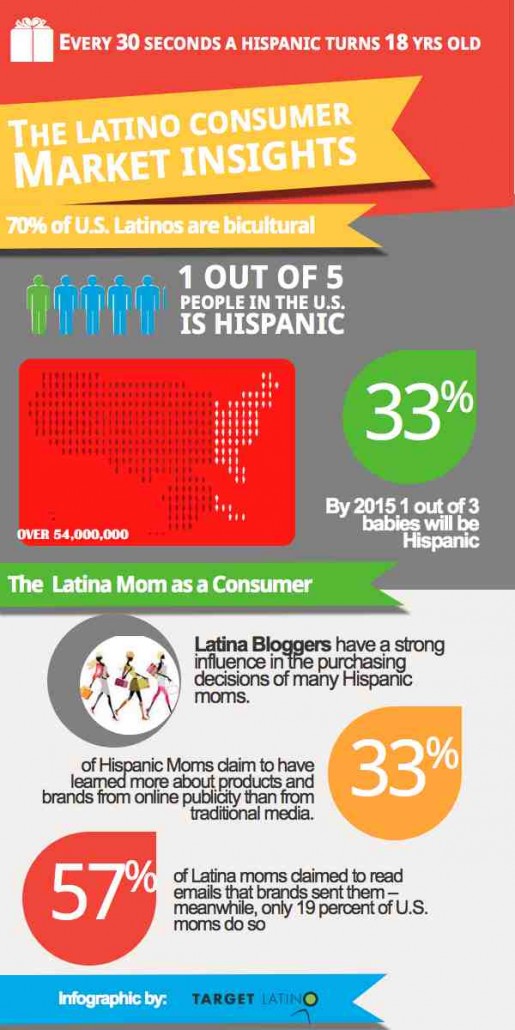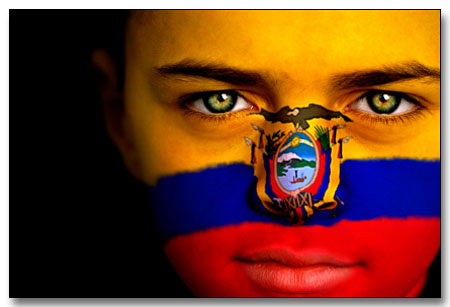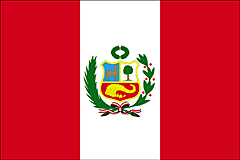What Everybody Ought to Know About the Latino Market
Companies all over the world are becoming more aware of the opportunity the Latino market in the U.S. presents. Not only due to the market size, as there are more than 54 million Hispanics in the U.S., but because of its increasing purchasing power.
The Latino market will represent $1.5 trillion in purchasing power by 2015 and 30% of the U.S. population by 2050. Numbers not easily dismissed.
What Everybody Ought to Know About the Latino Market
If the above numbers haven’t dawned on somebody yet, and to grasp their full impact, let’s just focus on the following two U.S. Latino market facts:
One out of 5 people in the U.S. is Hispanic.
EVERY 30 SECONDS A HISPANIC TURNS 18 YEARS OLD
And our personal favorite, as it will take place in less than two months from today:
By 2015 one out of 3 babies will be Hispanic.
If you are targeting women and are not considering Latino women, you may be missing the boat.
Understanding the Latino Market in the United States – Acculturation Process
Assimilation is defined as the process whereby a minority group gradually adopts the customs and attitudes of the prevailing culture and it implies the rejection of the original culture.
To acculturate means to incorporate or acquire a new culture without foregoing another culture.
Hispanics do not “assimilate”, they “acculturate”. They do not let go of customs and/or language in order to learn to navigate in the American culture. Furthermore, U.S.-born Hispanics, retro-acculturate by learning how to navigate in the Latino culture as well.
The Biculturals or Semi-Acculturated (a segment of the Latino market labeled last year by Nielsen as the Ambicultural middle) are “People that can navigate in both cultures” – Goffan, June, 2008 – Understanding Hispanic Market Segmentation.
“Today, these circles still represent culture more than ever. Not segments. Not slices of the population. Cultures. Everybody in the Venn diagram below is Hispanic and depicting today’s reality that about 70% of Hispanics are bi-culturals (and bilinguals to a certain degree.) Why are we still debating on what language to address this population and not concentrating on what message will resonate better with the market depending on the level of Hispanic Acculturation? Bi-culturals have two sets of cultures, two sets of maps with which to interpret behaviors, messages, thoughts and everything they do as members of a society.” Goffan, 2013 – Hispanic Acculturation Secrets Unveiled.
Research Findings for the Latino Market in the U.S.
Overall, U.S. Hispanics (both U.S.-born and foreign-born):
- Believe in the importance of education
- Are willing to adopt non‐traditional household roles
- Are religious
- Are conformist
- As Hispanics acculturate, they’re more likely to experiment with new brands, but somewhat less inclined to switch based on price.
- Compared to U.S.‐born Hispanics, the less acculturated are more inclined to buy brands based on price, Spanish‐language ads, recommendations by family or friends, or the belief that the brand makes them feel more successful.
- The majority of foreign-born Latinos stick with brands they trust.
- Promotions with highest foreign-born Hispanic awareness:
- In-store product demonstrations or
- in‐store taste tests, product demonstrations, & free samples for home use
- Sponsoring an event or celebration with a Hispanic Theme
- Games or contests involving a product or service
- Hispanics Shop with Their Senses: double the number of Hispanics than non-hispanics like to touch and feel a product, think it’s fun to immerse themselves in the store atmosphere, and judge product quality by the product packaging.
- U.S.-born Hispanics are more than twice as likely vs. non-Hispanics to:
- follow the trends
- like to try new products first
- like to be first to share with friends
Being able to transmit your message and truly connect with your audience, can really make a difference and turn things around for a business.
What does the Latino Market do Online?
In a comScore research study, the following activities were the most mentioned by the participants:
- Leisure Activities
- Research products online
- Visit social networking websites such as Twitter or Facebook
- Buy products online
- Socialize with friends at your home
- Send or receive text messages using your cell phone
If you know somebody that ought to know this information on the Latino market, go ahead and send it to them!!
You can add this infographic to your site by inserting the following code snippet on your page:
<div> <a href="https://hispanic-marketing.com/what-everybody-ought-to-know-about-the-latino-market/"> <img src="https://hispanic-marketing.com/wp-content/uploads/2014/11/What-Everybody-Ought-to-Know-About-the-Latino-Market.jpg" alt="What is Inbound Marketing by Target Latino"></a> <br/> <p>Please include attribution to <a href="https://targetlatino.com">Target Latino</a> with this infographic</p> </div>

